
Happy holidays everyone!
While I’m spending Christmas with family in Colorado, I decided to share this post about avoiding mistakes when completing the Free Application for Federal Student Aid. Parents can start filing the FAFSA beginning January 1.
If you missed it, here is another post I shared about the FAFSA earlier this month:
Getting Ready to Tackle the FAFSA
I wish that I could reassure you that completing the FAFSA is easy, but it won’t be for many parents. Even more disconcerting is that parents make mistakes all the time and don’t even realize it.
Some of the mistakes in this post may seem obvious, but others will probably surprise you. Here are 12 FAFSA mistakes to avoid:
1. Reporting an incorrect household size.
This one might seem puzzling. After all, parents should know who lives unde r their roof, but it’s not that easy. Here are some reasons why:
r their roof, but it’s not that easy. Here are some reasons why:
If a stepparent has children from a previous marriage those children could potentially be included in the household size even if they don’t live in the residence. They would qualify as household members if the parent provides more than half of his or her support and will continue to do so during the financial aid award year.
A parent should also include an unborn child on the FAFSA, if the baby would be born before the end of the award year and will receive more than half of the support from the student or parent. There must be medical documentation of a current pregnancy.
Parents can also include other relatives, such as grandparents, grandchildren or aunts or uncles, if they currently live in the household and will be doing so between July 1, 2015 and June 30, 2016. These dates correspond with the federal financial aid season for the 2015-2016 school year.
Parents also wonder if they can include older children who are now in graduate school when reporting household size. You can include these grown children in the household size if you are providing more than half of their support. Keep in mind that student aid, including scholarships and loans, will count as student support so this is a higher hurdle than you might assume.
2. Not filing the FAFSA.
Many parents assume that they won’t qualify for need-based aid so they don’t even bother wrestling with the form. This is a huge mistake because families often have no idea whether they will qualify for financial assistance.
a huge mistake because families often have no idea whether they will qualify for financial assistance.
Parents will sometimes wonder if they should not seek financial aid for their child’s freshman year but make the request before the child’s sophomore year. The thinking it this might help them get into the school and then seek aid once the child has a year under his/her belt. I once had a parent, who had saved $70,000 for a private college education, ask me about that approach.
I told him that delaying the request for aid until the second year would be a poor idea. What if the child received a mediocre package that was simply stuffed with loans for her second year of college. Can you imagine parents having to tell a child that he/she will have to leave for a cheaper school because they can’t afford it?
When parents need financial aid, they should apply up front.
3. Filing the wrong FAFSA.
It’s easy to make this mistake because for much of the year, two different FAFSA forms are available online. Parents who are submitting the FAFSA for the school year that started this past fall should submit the 2014-2015 FAFSA. (This would include students who are starting college in January.) The 2015-2016 FAFSA will be available on January 1 for students who start school on July 1, 2015 or later.
My son started graduate school in mid June 2014 so he had to complete the 2013-2014 FAFSA. If the summer school had started on July 1, he would have completed the 2014-2015 FAFSA because that is the date when the new federal financial aid season starts every day. If you are confused about which form to complete, ask a school what application to use.
4. Reporting the wrong assets.
The FAFSA asks about the student and parents’ investments, but you should NOT include any qualified retirement assets such as Individual Retirement Accounts, 401(k)’s, 403(b)’s, KEOGH, SIMPLE, pension plans and annuities. The FAFSA is interested in your non-retirement accounts, which would include checking and saving accounts, brokerage accounts that could include mutual funds, individual stocks and bonds and certificates of deposits.
It’s also critically important to report 529 plan savings as a parent asset. If you report this money as the child’s assets, the financial aid formulas will treat this more harshly.
![]() 5. Reporting home equity.
5. Reporting home equity.
Parents should also not include equity in their primary home on the FAFSA. Families, however, must report the equity of other real estate.
Rental property is usually considered an investment and not a business. It’s an important distinction since the aid formula treats business assets less harshly. To be considered a business, the real estate must be part of a formally recognized business. A hotel is a business while renting out a home, timeshare or room is generally considered an investment.
6. Sharing the wrong name.
The federal government is very picky about the names that filers share on the FAFSA. Students and parents must provide the legal names that are on their Social Security cards. A filer, for instance, shouldn’t use Jim on the form if his legal name is James. If the Social Security Administration has a woman’s maiden name on file, she must use that name until she’s updated the Social Security Administration with her married name. If the names don’t match up, the government won’t process the application.
7. Not expressing an interest in a work-study job.
A student who says he is interested in a work-study job on the FAFSA isn’t obligated to obtain one later, but students need to answer in the affirmative to be eligible. At some schools, most or all of the campus jobs are reserved for students eligible for work-study.
8. Lying on the FAFSA.
For parents who are considering lying on the FAFSA in hopes of getting financial aid, it’s not only a bad idea, it’s a crime. The federal government selects one-third of FAFSA filings for verification each year and colleges may select additional aid applications for review. In fact, some colleges verify 100% of their applications. Lying on the FAFSA can generate fines of up to $20,000 and up to five years in prison. Also the family could face repaying all their financial aid.
9. Failing to list all colleges on the FAFSA.
Families are permitted to list up to 10 schools on the FAFSA. If a parent or child fails to include any schools, these institutions will not receive the financial information that the FAFSA generates. And that means the student wouldn’t be eligible for need-based aid from an overlooked school. If you are applying to more than 10 schools, the parents can add additional names after they have received their electronic Student Aid Report (SAR) from the federal government.
10. Listing schools in order of preference.![pecking order]()
Keep in mind that each institution on a student’s FAFSA will be able to see all the other schools that a student is applying to. Some institutions, no one knows how many, use the order that a student lists his or her schools to help make admission and financial aid decisions. Your best bet is to avoid tipping your hand and simply list the colleges alphabetically.
11. Sharing the wrong marital status.
It’s easy to make this mistake if a parent’s marital status has changed. The FAFSA requires that parents note what their marital status is as of the day the FAFSA is filed. So if the parents were married in 2014, but they separated by the time the 2015 FAFSA was filed, the financial aid form should state that the parents are separated.
This rule is different from what the IRS expects. In this same example, the estranged parents would file their federal income taxes for the 2014 calendar year as a married couple.
12. Not knowing who should file the FAFSA
Who should file the FAFSA may seem like it should be straightforward, but it often won’t be. Here is the breakdown of the rules about who should file:
Traditional Married Couples
If you are part of a traditional family — married husband, wife and kids – it’s easy to answer who completes the financial aid forms. Both  parents will share their financial information on the FAFSA.
parents will share their financial information on the FAFSA.
Unmarried Parents Living Together
Unmarried parents who live together have traditionally enjoyed a FAFSA perk. Only one of the parents has had to complete the FAFSA and share his/her financial figures, but this has changed. Both parents, who live together, are now required to complete the financial aid application jointly.
A Parent Has Died
If a parent dies during the year, do not include his or her financial information on the FAFSA. If the parent has died after filing the FAFSA, contact the school immediately with this information.
Divorced and Separated Parents
If you are divorced, the ex-spouse who has taken care of the child the majority of the year will continue to complete the FAFSA. You are considered the custodial parent, with the responsibility of completing the FAFSA, based on where the child has physically lived during a 12-month period ending on the day the FAFSA is completed.
Separated parents don’t have to be “legally” separated to be treated the same as divorced couples, but they can’t be living in the same residence.
Here is a post that I wrote about a California teenager of divorced parents that will give you some examples of divorce strategy:
Financial Aid and Divorce
Here is a video I did awhile ago on this subject:
YouTube video: Divorce and Financial Aid
Single-Sex Couples
A new federal rule requires that married, single-sex partners must both include their financial information on the FAFSA. To reflect this change, the FAFSA will now ask for information for “Parent 1″ and “Parent 2.” In the past, only the biological parent had to share his or her assets and income.
What if the single-sex couple is not married? Both partners will have to submit financial data if one of them has adopted the other partner’s child. If a partner has not adopted the child, only the biological parent will complete the FAFSA.
Here is a story that I wrote for my CBS MoneyWatch blog last year on this rule change:
Feds Push Diversity in Financial Aid
Guardians
If the student is living with a legal guardian, such as a grandparent or an older sibling, the student is considered an independent student. The federal government does not consider a guardian (or foster parent) a parent. As such, the student will only include his or her information on the FAFSA.
Any support a legal guardian or foster parent gave to the student should be reported on Worksheet B as the student’s income.
 5. Reporting home equity.
5. Reporting home equity.








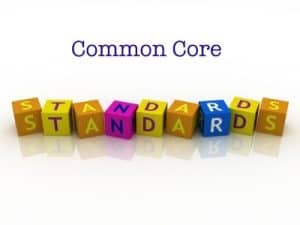


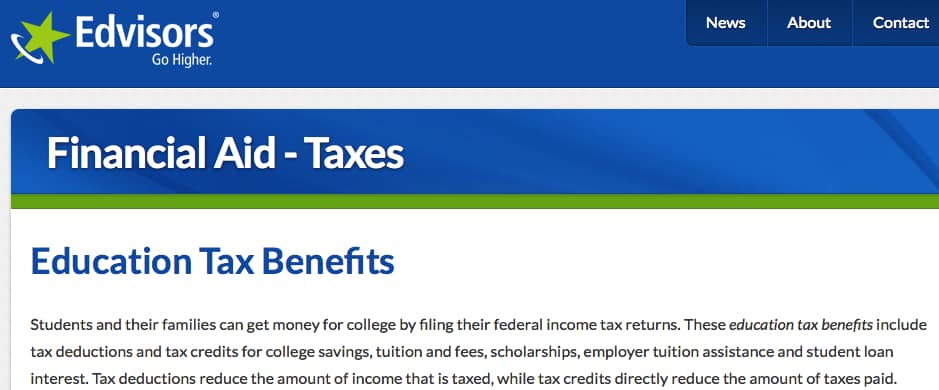













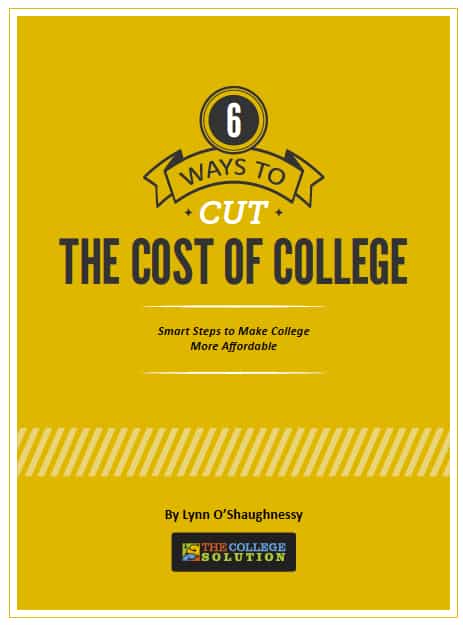









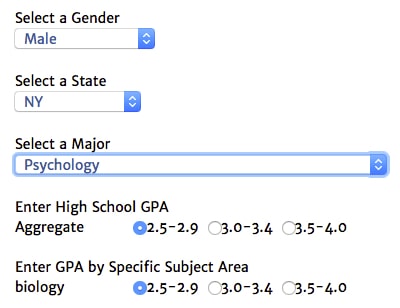

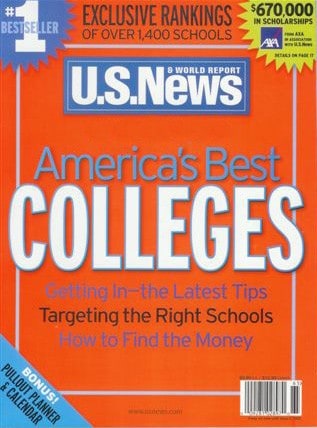














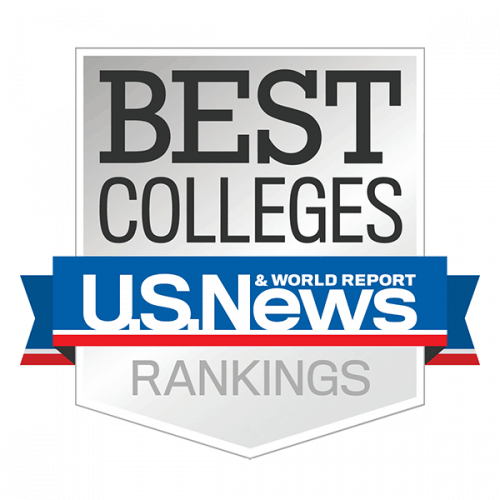
 attracting affluent students who could pay higher prices for a bachelor’s degree and, in turn, attract even more high-income teenagers.
attracting affluent students who could pay higher prices for a bachelor’s degree and, in turn, attract even more high-income teenagers.






 course –
course – 
















